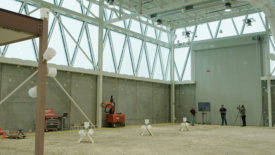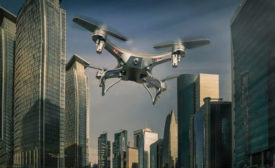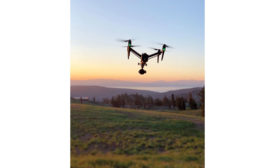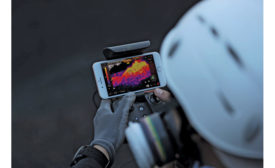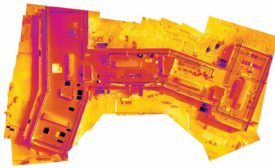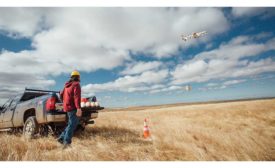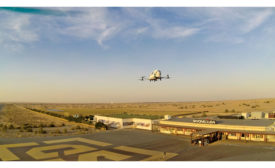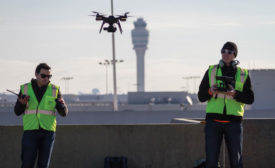Home » Keywords: » UAV
Items Tagged with 'UAV'
ARTICLES
UAV Technology
New York City Dept. of Buildings Explores Drones for Facade Inspections
New report sees potential in technology, calls for further study
Read More
The latest news and information
#1 Source for Construction News, Data, Rankings, Analysis, and Commentary
JOIN ENR UNLIMITEDCopyright ©2025. All Rights Reserved BNP Media.
Design, CMS, Hosting & Web Development :: ePublishing
